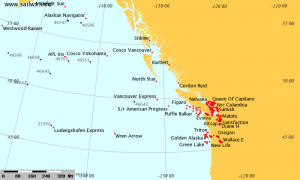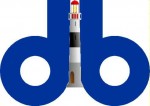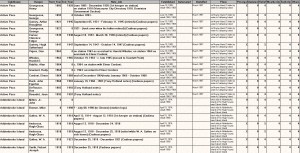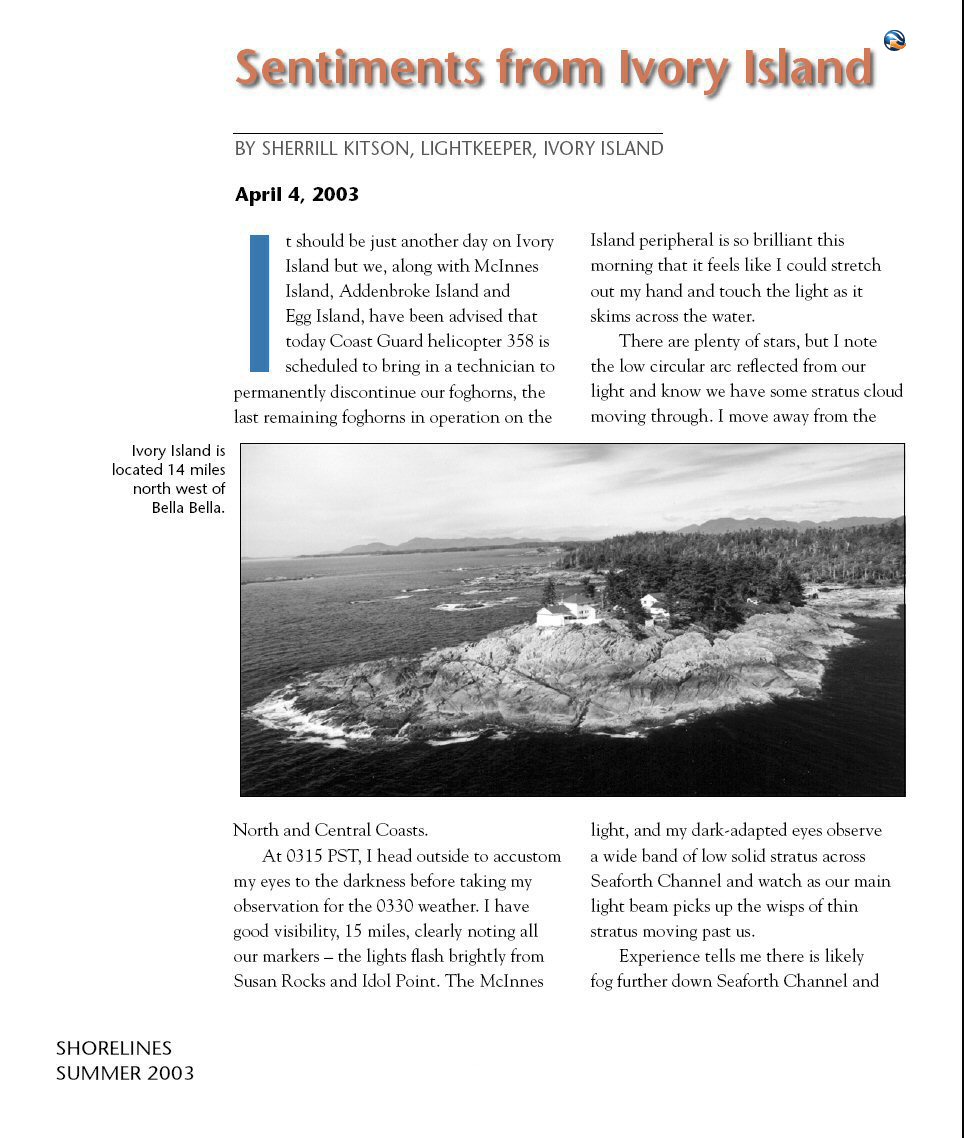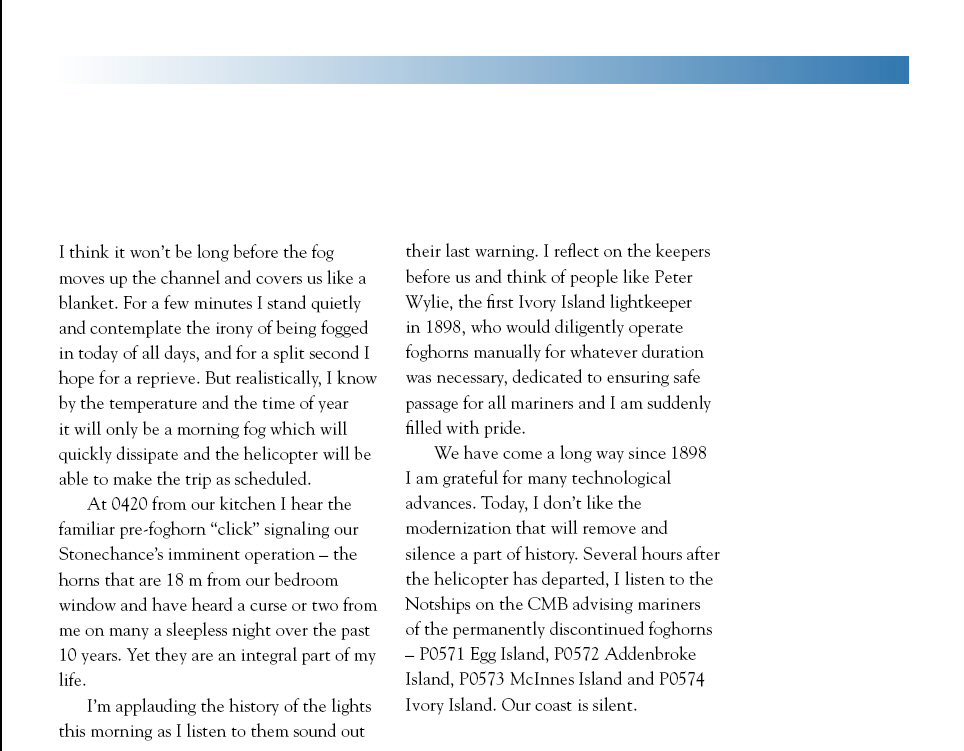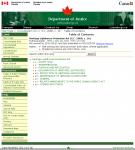 Quarters and Rations (Q&R), seen on many Canadian government employee pay cheques as Q – R IN KIND is also know as Rations and Quarters (R&Q) in the Canadian military.
Quarters and Rations (Q&R), seen on many Canadian government employee pay cheques as Q – R IN KIND is also know as Rations and Quarters (R&Q) in the Canadian military.
It is a topic over which I fought against the Coast Guard bureaucracy my whole working life. I wanted it defined for the lighthouse keeper!
It is paid – why can the keepers not have the benefits? When I was working I had the personnel office in Prince Rupert in a turmoil. I even filed a grievance with the Union, and all the bigwigs in Vancouver could not find out what our benefits were and said let it drop.
When I worked for the government in the north of Canada, and today on many postings where government personnel – police, military, weather observers, ships crews, radio operators, airport personnel, etc. are sent into isolation to do work for the government, they are given Q&R benefits. (Is anybody missing from this list? Please contact me and let me know.) Continue reading Quarters and Rations (Q&R)

